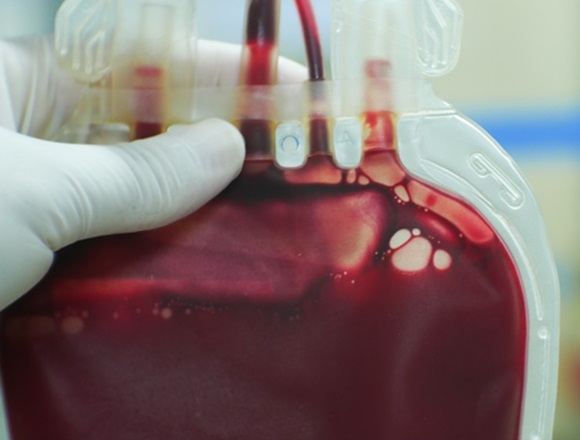References
Juraschek SP, Hu J-R, Cluett JL, et al. Orthostatic Hypotension, Hypertension Treatment, and Cardiovascular Disease: An Individual Participant Meta-Analysis. JAMA. 2023 Oct 17;330(15):1459-1471. doi: 10.1001/jama.2023.18497. PMID: 37847274.Background: There is uncertainty about the risks and benefits of more intensive blood pressure (BP)–lowering therapy in patients who have orthostatic or standing hypotension at baseline. This study aimed to determine the effect of more intensive BP-lowering therapy or active therapy versus standard BP lowering or placebo on cardiovascular disease (CVD) or all-cause mortality in patients with orthostatic or standing hypotension.
Methods: This study was a meta-analysis that extracted patient-level data from randomized trials of pharmacologic BP-lowering therapy (more intensive BP target or active agent) that included orthostatic hypotension assessments. The main study outcomes were CVD or all-cause mortality. Orthostatic hypotension was defined as a decrease in systolic BP ≥20 mm Hg and/or diastolic BP ≥10 mm Hg when going from a sitting to standing position; standing hypotension was defined as a systolic BP ≤110 mm Hg or diastolic BP ≤60 mm Hg when standing.
There were 9 trials included comprising 29,235 patients (mean age, 69.0 years; 52% men) who had a median follow-up of 4 years, of whom 9% had orthostatic hypotension and 5% had standing hypotension at baseline.
Results: More intensive BP-lowering or active antihypertensive therapy reduced the risk of CVD or all-cause mortality in patients without orthostatic hypotension (hazard ratio [HR], 0.81; 95% CI: 0.76-0.86) in a similar way to those with orthostatic hypotension (HR, 0.83; 95% CI: 0.70-1.00). More intensive BP-lowering or active therapy reduced the risk of CVD or all-cause mortality in patients without standing hypotension (HR, 0.80; 95% CI: 0.75-0.85) and nonsignificantly in those with standing hypotension (HR, 0.94; 95% CI: 0.75-1.18).
Conclusions: The authors concluded that in this population of hypertension trial patients more intensive BP-lowering therapy reduced the risk of CVD or all-cause mortality irrespective of whether they had orthostatic hypotension. No evidence for different effects in those with standing hypotension was found.
McMaster editors’ commentary: In patients with hypertension, a starting point for therapy is a target BP <140/90 mm Hg, whereas in those with diabetes it is <130/80 mm Hg and in selected high-risk patients with CVD it is <120 mm Hg systolic BP. This study supports considering these BP targets even in patients with orthostatic or standing hypotension (or both). However, this conclusion is based on the assumption—which the study did not address—that patients with orthostatic or standing hypotension will tolerate these BP targets without adverse effects (eg, dizziness, falls, fatigue). Moreover, some practice guidelines advise against intensive BP lowering in patients with standing hypotension (doi:10.1016/j.cjca.2020.02.086). Clinicians need to individualize management with appropriate pharmacologic and nonpharmacologic therapies that balance BP targets and help avoid adverse effects.
 English
English
 Español
Español
 українська
українська











